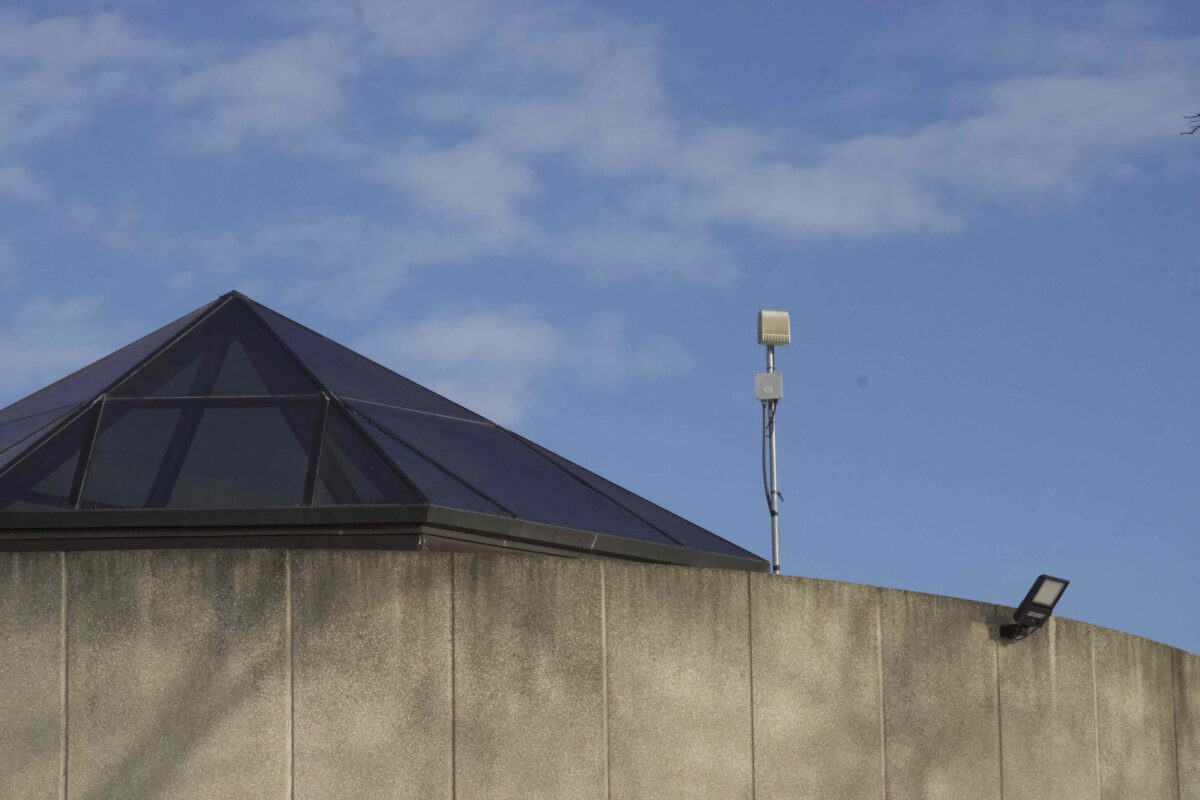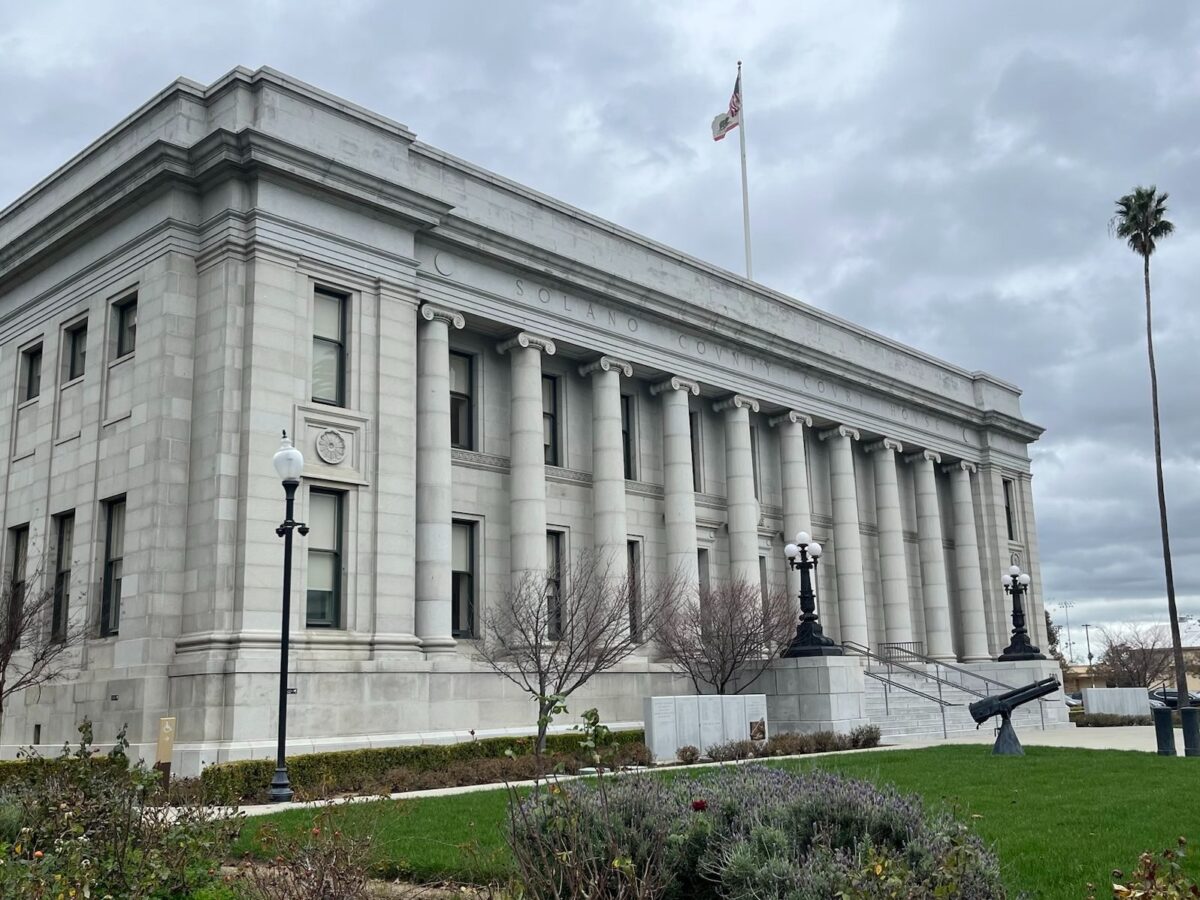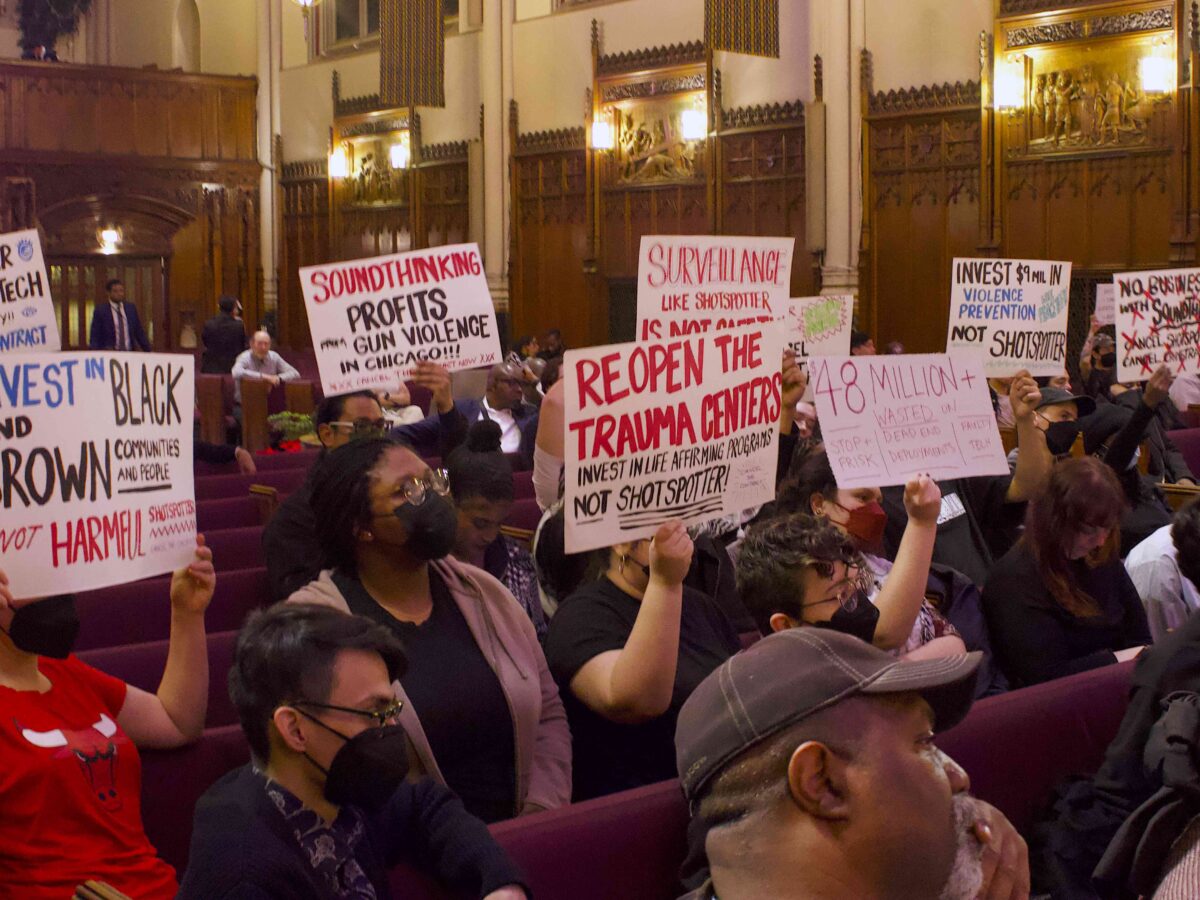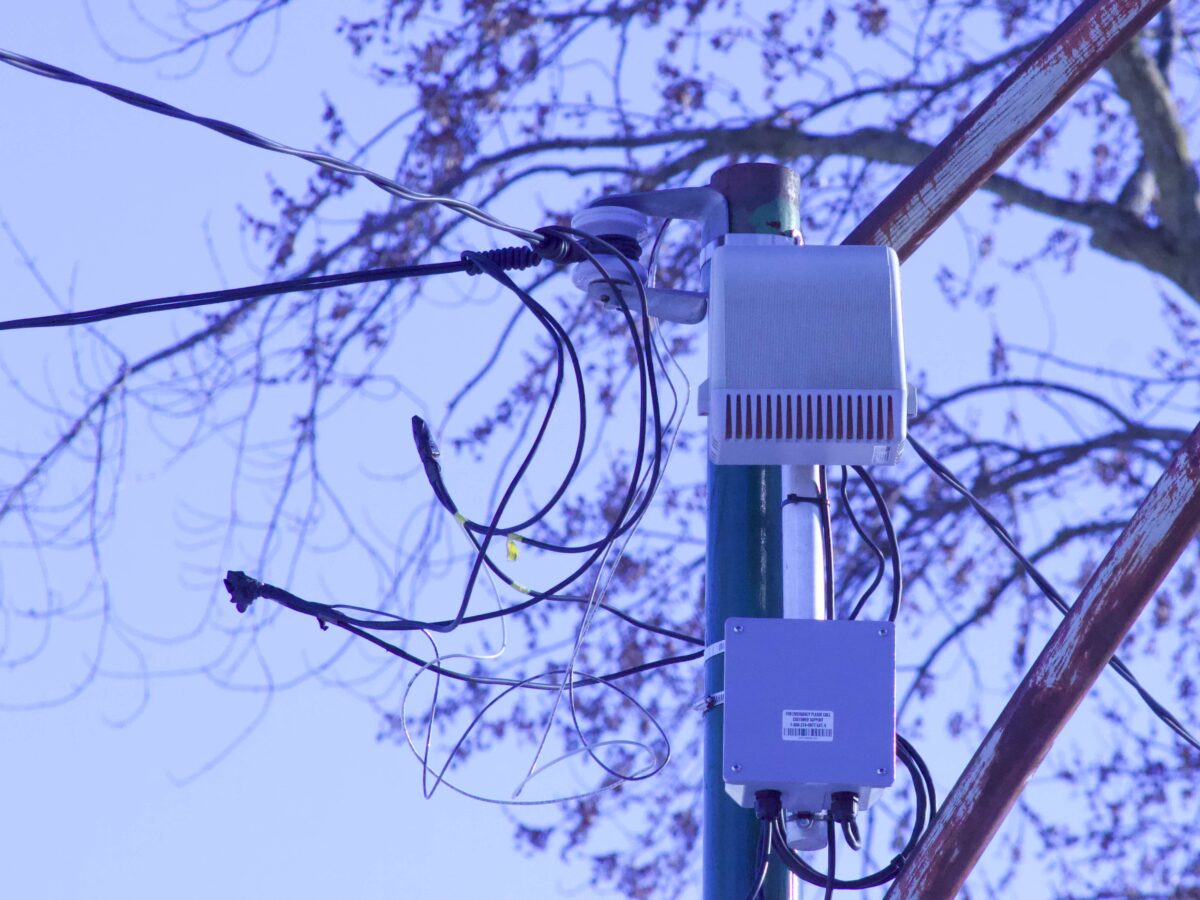On Monday, the City Council Committee on Police & Fire advanced an ordinance that would place the decision to keep ShotSpotter at the ward level, with individual alderpersons choosing whether or not to retain the controversial gunshot-detection technology. The legislation, sponsored by 17th Ward alderperson David Moore, openly defies Mayor Brandon Johnson, who fulfilled a campaign promise by announcing in February that he would end the city’s contract with ShotSpotter in September.
The ordinance would also require the Chicago Police Department (CPD) to collect data on ShotSpotter’s accuracy; how often ShotSpotter alerts have no corresponding 911 calls; response times to alerts and 911 calls; and how many shell casings, weapons, and arrests resulted from an alert. The department would be required to post its findings online and produce monthly reports for the City Council to review.
To find out which wards would be affected by canceling ShotSpotter’s contract, the Weekly mapped the locations of ShotSpotter sensors in Chicago. The locations were secret until they were revealed in leaked company documents and first published by WIRED in February. According to the data, which is from 2023, ShotSpotter has sensors in thirty-five of the city’s fifty wards.
With 184 sensors, the 10th Ward has more than any other ward. But the 10th is also the city’s largest ward, at roughly six-and-a-half square miles. The 8th Ward, which is a little more than half the size of the 10th, has 152 ShotSpotter sensors, the most per square mile. The 19th Ward has the fewest among the wards that do have them: in the 19th’s northeast corner, there is a single sensor atop a utility pole in an alley at 87th and Winchester.
It’s unclear how the city would transition from ShotSpotter’s current contract to ward-level agreements if the ordinance passes the full City Council. The current contract, which was initially signed in 2018 and extended several times, requires ShotSpotter to monitor twelve police districts on the South and West Sides. In February, the Weekly revealed that ShotSpotter additionally monitors areas around billboards along the Kennedy Expressway on the Northwest Side for free.
While some wards are wholly contained within a single district, many ward and district boundaries overlap. Several wards cross boundaries with three police districts: the 21st Ward on the South Side, for example, overlaps with the 5th (Calumet), 6th (Gresham), and 22nd (Morgan Park) districts.
In Monday’s committee meeting, Moore said he sponsored the ordinance placing the decision with the wards because he felt Johnson “unilaterally made a decision to end ShotSpotter” despite the fact that CPD superintendent Larry Snelling and others support keeping it. There are about seventy-five ShotSpotter sensors in Moore’s 17th Ward.
“We’ve heard from different voices in this,” Moore said. “Just as communities that do not want SoundThinking/ShotSpotter in their wards, other wards should have the ability to decide whether they want to keep the residents safe, as the wards utilizing ShotSpotter versus the ones who do not want to use it.” He suggested the ordinance is primarily designed to prompt CPD to collect more data about the technology’s accuracy and efficacy.
Ald. Pat Dowell, a mayoral ally whose 3rd Ward has nearly sixty ShotSpotter sensors, spoke in favor of the ordinance. “I’m a supporter of ShotSpotter,” she told the committee. “I believe that it works, and in talking to both patrol, street cops, people in the administration, they are supportive of the technology.” Dowell cited a recent shooting that she said wounded three people in a nonresidential block in her ward, and said a ShotSpotter alert was “the only way that police responded” to that incident.
Ald. Jeanette Taylor, a Democratic Socialist who supported the mayor’s campaign, asked why ShotSpotter representatives and Snelling weren’t at the committee meeting, and said her 20th Ward’s experience with the technology has been mixed. There are 109 sensors in the 20th ward, or about 21 per square mile.
“I live in a ward [that] has benefitted, but also, ShotSpotter has been problematic,” Taylor said. She noted that her Washington Park ward office overlooks the Dan Ryan and said she could “count the number of times on my fingers and toes” when police have arrived in response to a ShotSpotter alert from a car backfiring on the expressway.
“If we’re gonna spend money on something, let it be something that actually works, or something that we can collect clear data on,” she said. “I am not interested in throwing money at ShotSpotter just ’cause they’ve been there.” She added that without more information, she was not willing to vote for the ordinance.
Related story
Missed Shots
Ald. Desmon Yancy, whose 5th Ward abuts Taylor’s and includes parts of Hyde Park, Woodlawn, and South Shore, told the Weekly he was not consulted in the mayor’s decision to cancel the contract, nor was he aware of the mayor involving any other alderpersons who have ShotSpotter in their wards. There are eighty-one ShotSpotter sensors in the 5th Ward.
“We should be looking at the tools that we have to keep crime at bay,” Yancy said.
The perspectives of residents affected by contract cancellation often get lost in the conversation about ShotSpotter, he said. As part of his most recent 5th Ward newsletter, Yancy’s staff circulated a brief survey that asked residents if they are in favor of or against the technology. Although not finalized yet, the survey results of 5th Ward residents reveal overwhelming support for keeping ShotSpotter, Yancy said.
“People are still reticent or reluctant to call the police even when they hear shots,” he added. “To have a resource like ShotSpotter—even if it is until there’s a better resource that comes along—I think it’s valuable for the community.”
According to Delmarie Cobb, a veteran political consultant and longtime commentator on Chicago politics, this kind of back and forth between City Council and the mayor is how the city’s democratic institutions are meant to operate.
“It’s not supposed to be a rubber stamp for the mayor,” she told the Weekly.
Cobb added that she’s thankful that long gone are the days when mayors like Richard M. Daley and Rahm Emanuel demanded and won unanimous support for their favored policies from the City Council.
But so too is she grateful that the legislative body isn’t reverting to the days of the Council Wars in the 1980s, when a group of reactionary white alders tried to stymie Mayor Harold Washington’s progressive agenda—and were successful for much of his first term. Cobb said she sees the discussion about the proposed ordinance as an opportunity for the mayor to be more transparent about his decision-making process.
“What we’re seeing is healthy,” she said. “This is the kind of debate that we should have publicly.”
Jim Daley is the Weekly’s investigations editor. Max Blaisdell is a fellow with the Invisible Institute and a staff writer for the Hyde Park Herald.





